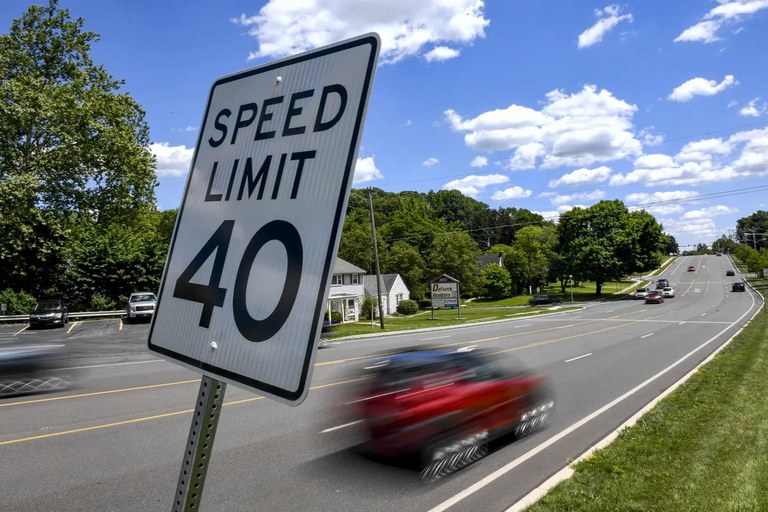The surprisingly not-so-doomed effort to force U.S. drivers to stop speeding (The Verge)
Shift into Safe News
California Sen. Scott Wiener is used to pushback when he proposes laws aimed at reining in reckless drivers and improving road safety in his car-dependent state. But even he was caught off guard when, earlier this year, he introduced a new bill requiring a speed “governor” on all new cars sold in the state. The opposition from drivers was so fierce that he had to rewrite the proposal to only require weaker versions of the technology.
“There were people who loved it, people who hated it, people who were mad at me, spouses who were arguing with each other about it,” Wiener said in an interview. “It was an interesting situation. There’s a certain cultural embrace of being able to drive your car however you want to drive your car.”
Speeding is part of our cultural identity. Automakers frequently advertise new cars tearing through empty cities or weaving through traffic well above safe speeds. Movies and television shows frequently push these boundaries further. And social media further glorifies lawbreaking by providing a platform for speedsters. It all perpetuates the idea that speeding is not only safe but an American right.
“There’s a certain cultural embrace of being able to drive your car however you want to drive your car.”

Yet, speeding is one of the most deadly things you can do in a vehicle. In 2023, more than 40,000 people died in traffic crashes, according to the National Highway Traffic Safety Administration (NHTSA) data released in April of this year. That’s down about 3.6% from 2022, when crashes accounted for nearly 43,000 deaths. The previous year was even worse, with speeding fatalities reaching a 14-year high.
A study from 2020 (Impact speed and the risk of serious injury in vehicle crashes) showed that at speeds above 42 mph, there’s a much higher incidence of serious injury and a higher risk of death for vehicle occupants. According to 2021 crash test data from the Insurance Institute for Highway Safety, at 56 mph and above, the driver’s compartment in most modern vehicles showed significant damage, and crash test dummies registered severe injuries to the neck and lower legs.
“Driver’s behavior is the overwhelming cause of traffic crashes,” Jonathan Adkins, CEO of the Governors Highway Safety Association. “We’re driving too fast or drinking, we’re not wearing our seat belt. We’re distracted by our cell phones. It’s all those behaviors that lead to the vast majority of crashes.”
Salvation could come from technology like intelligent speed assistance (ISA) systems, but there’s a lot of nuance. These systems use cameras, radar, and lidar in conjunction with GPS data to detect both the speed of your vehicle and “read” the speed limit signs on the road.
In most modern vehicles, these systems are “passive” in that they don’t physically slow a speeding vehicle. A notification may pop up if you’re going more than a few miles per hour over the speed limit, but it won’t physically limit your ability to speed. Active ISA systems will physically slow your vehicle to keep you at the speed limit. Some use tactile responses, like pushing the accelerator back into your foot, while others actively limit the engine power to keep you at the speed limit. These active systems can be turned on and off by the driver.
Read the full article - The surprisingly not-so-doomed effort to force US drivers to stop speeding - on The Verge.
